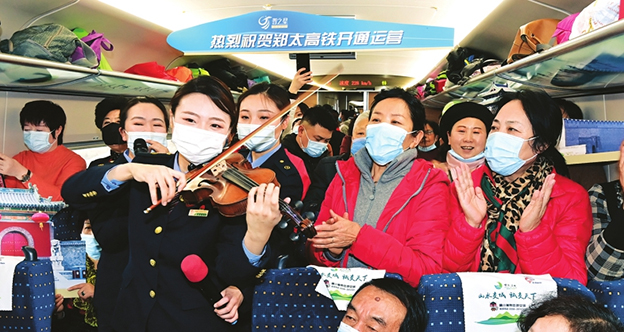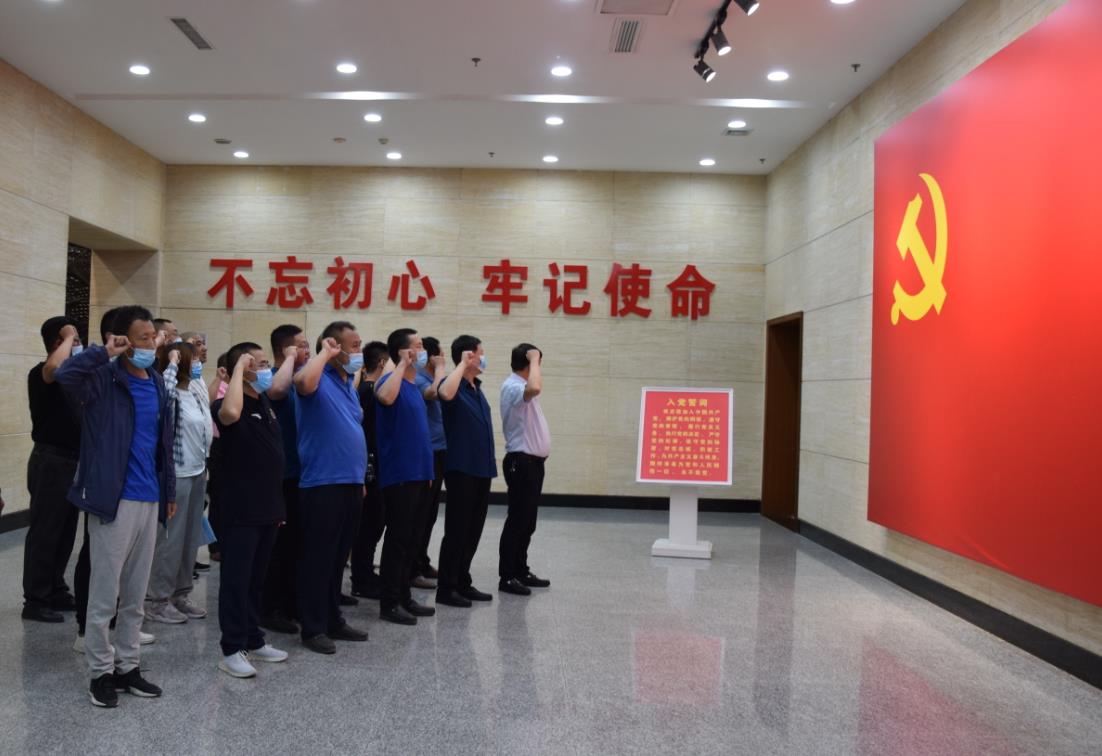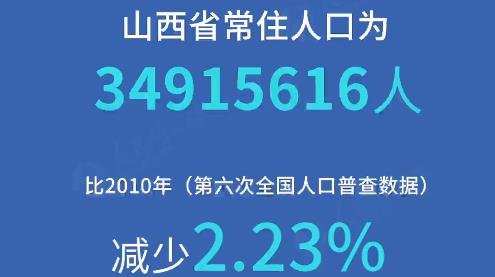
The TaiyuanZhengzhou HighSpeed Train passes Yunzhu Lake, a renowned tourist attraction in Yushe county.ZHANG JIONG / FOR CHINA DAILY

A staff member plays the violin to entertain passengers on the train. LIU TONG / FOR CHINA DAILY
A high-speed train departed the Taiyuan Southern Railway Station at 9:10 am on Dec 12 and arrived in Zhengzhou, capital city of Henan province two hours and 36 minutes later. The journey marked the beginning of the long-awaited Taiyuan-Zhengzhou High-Speed Railway.
The new line offers a convenient passage to Central China, especially for passengers from Shanxi counties and cities including Yushe, Wuxiang, Xiangyuan, Changzhi, Gaoping and Jincheng.
Liu Bin, a Taiyuan resident who has made frequent business trips to Jincheng in the southeast of the province, said he was excited to ride the high-speed train on the first day of its operation.
Also excited was Liu Suhua, a retiree who is fond of touring Henan.
"Like Shanxi, Henan province is a cultural cradle of China, featuring many sites with historical and cultural interests," Liu Suhua said. "I've been to Henan several times and I plan to visit the province again in the future. The high-speed train will make the trips much easier."
The high-speed railway is 432 kilometers long. The section between Zhengzhou and Jiaozuo, a Henan city neighboring Shanxi province, became operational in June 2015.
"With a designed speed of 250 km per hour, the trip between Taiyuan and Zhengzhou currently takes about two and a half hours," said Li Jing, an official at the Taiyuan Southern Railway Station.
"Previously, travel between the two cities took about 11 hours by conventional train as we used the route via Shijiazhuang in Hebei province.
"The traditional route is still operational, offering an option for passengers who care about cost," Li said.
As the high-speed line passes the Taihang Mountains, it is significant for residents there who have longed for improvements in transport, Li said.
Also riding the inaugural train was Wu Xia, a native of Jincheng, a city at the heart of the Taihang Mountains. She lives and works in Taiyuan.
Upon boarding, she made a phone call to her mother in Jincheng:"I will be back home in about two hours."
"In the past, it took more than seven hours to travel between Taiyuan and Jincheng by train and more than five hours by car," Wu said.
Converging at several of the nation's major railways and highways, Zhengzhou is the transport and commodities distribution hub in Central China. There is a huge flow of merchants between Shanxi and Zhengzhou.
Li Ruxuan is a dealer of clothing in Changzhi city in Shanxi. She travels to Zhengzhou to buy goods almost once a week.
"The current trip to Zhengzhou takes about one hour. I departed Changzhi in the morning and will be back in the afternoon. This can save a great deal of time compared with the single trip of nearly five hours previously."
Residents in the Taihang Mountains are among the happiest with the operation of this high-speed train, as it provides easier connectivity for the landlocked region.
"The high-speed train can bring many more tourists to Wuxiang as travel from Taiyuan takes less than an hour and from Zhengzhou less than two hours," said Wu Binkui, deputy chief of the culture and tourism bureau of the county located in the Taihang Mountains.
Home to the former headquarters of the Eight Route Army, a major military force led by the Communist Party of China who fought the Japanese invaders more than 70 years ago, Wuxiang is an important "red tourism" destination in Shanxi province. Red tourism refers to tours of former revolutionary sites relating to the CPC that combine offerings of patriotic education and sightseeing.
Li Kai, head of staff at the inaugural train, knows the local attractions better than many others. He introduced all the destinations to passengers on the train.
"There are about 50 4A-or-above tourism destinations along the railway, including famous attractions such as Jinci Temple in Taiyuan, residences of Jinshang merchants in Taigu, Yunzhu Lake in Yushe, Eighth Route Army Museum in Wuxiang, Imperial Prime Minister's Residence in Jincheng, Yuntai Mountains in Henan's Jiaozuo city and Shaolin Temple in Zhengzhou," Li Kai told passengers.
Lou Yangsheng, Party secretary of Shanxi province, was also present at the inauguration ceremony.
"Today is a great day as we witnessed the inaugural operation of the Taiyuan-Zhengzhou High-Speed Train, which marks another important passageway to link Shanxi with the rest of the country," Lou said.
The provincial Party chief said special thanks should be given to the workers who built the railway as they overcame great difficulties during its construction.
The total length of tunnels and bridges accounts for 74.8 percent of the railway's mileage, making the line one of the most difficult railway projects in the northern and central parts of China, according to Shao Liangjun, a manager of China Railway 10th Bureau, the construction group building the railway.
"There are a total of 39 tunnels and five are each longer more than 10 km," Shao said.
Despite the difficulties, Shao, who was also on board of the train, said he is "very satisfied with the quality of the project."
He put a cup of water on the windowsill. "The cup stays stable even when the speed changes and the train makes turns," Shao said.
Guo Yanjie contributed to this story.
By YUAN SHENGGAO
 山西路桥:党建引领 建好“四好农村路”山西路桥建设集团党委扎实开展“党建质量提升年”,实施“六大工程”,立足“十四五”高质量、高速度、高效益发展的战略基点,全面提高党建质量和党建引领发展水平,为打造“国内一流的交通基础设施投资、建设、施工现代化企业集团”提供坚强政治保障。
山西路桥:党建引领 建好“四好农村路”山西路桥建设集团党委扎实开展“党建质量提升年”,实施“六大工程”,立足“十四五”高质量、高速度、高效益发展的战略基点,全面提高党建质量和党建引领发展水平,为打造“国内一流的交通基础设施投资、建设、施工现代化企业集团”提供坚强政治保障。
 常住人口3491万 山西人口普查数据"出炉"山西省统计局向社会通报山西省第七次全国人口普查主要数据。数据显示,山西省常住人口为34915616人,比2010年(第六次全国人口普查数据,下同)减少2.23%,年平均减少0.23%。山西省常住人口总量减少,主要受人口流动变化等因素影响。
常住人口3491万 山西人口普查数据"出炉"山西省统计局向社会通报山西省第七次全国人口普查主要数据。数据显示,山西省常住人口为34915616人,比2010年(第六次全国人口普查数据,下同)减少2.23%,年平均减少0.23%。山西省常住人口总量减少,主要受人口流动变化等因素影响。